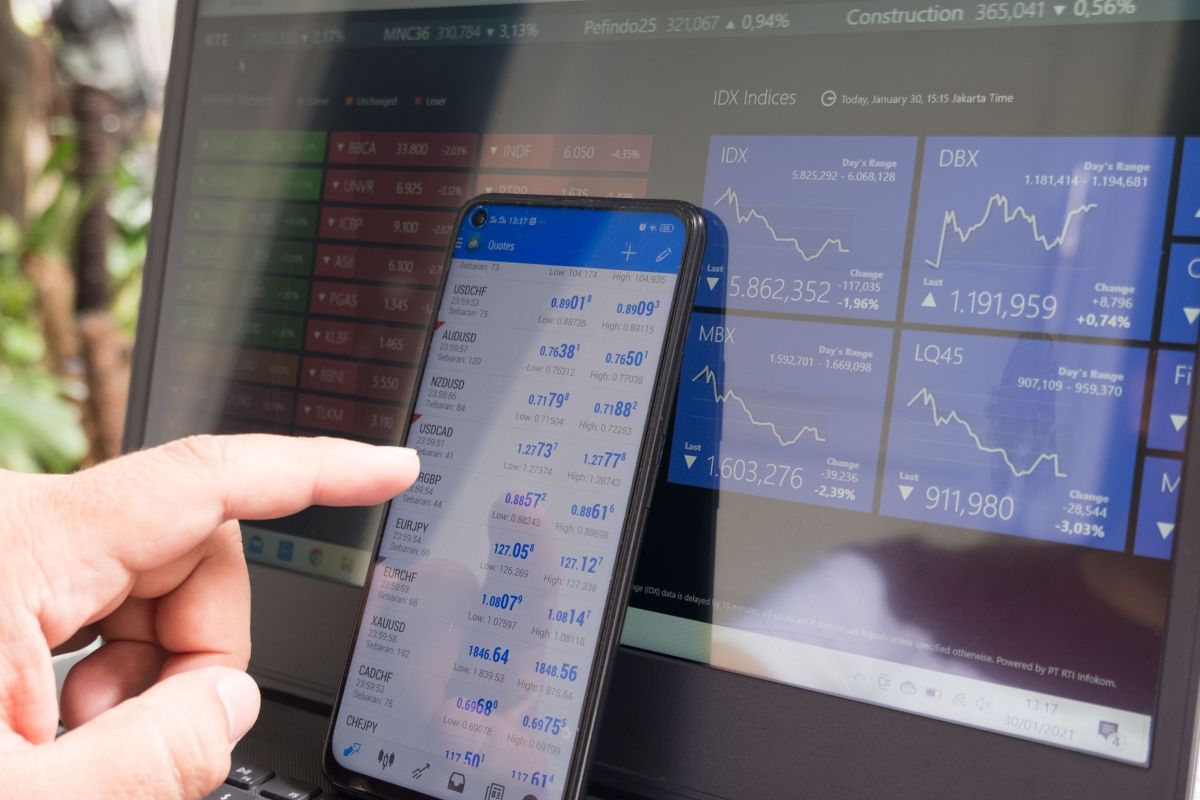Are you worried about business credit cards being too expensive, simply because someone told you so? Then you will be happy to know that there are ways to reduce your payment processing rates, especially if you opt for a business credit card, irrespective of your business size.
We know credit card processing costs have been impacting your profit margins badly, especially after the card associations like Visa increased their rates in 2017 for some commercial transactions.
These processing rates add up to an alarmingly high amount at the end of the month. The good news is you can have the lowest merchant services rates and keep more money in your business by taking part in Level 2 and Level 3 processing.
But what are Level 2 and Level 3 processing? And how can you participate in these programs to lower your credit card processing fees?
What are Level 2 and Level 3 Processing?

Both Level 2 and Level 3 (or Level II and Level III) card data refer to a set of additional data transferred during a credit card transaction. This card information comprises other details for different cardholders, such as business, purchasing, corporate, commercial, and government.
In fact, all credit card processing systems come under three levels, namely Level 1, Level 2, and Level 3. It is the amount of information passed or required during a payment that defines each of these levels. For instance, Level 1 comes with the lowest number of requirements for completing a payment, but it has the highest costs.
On the other hand, credit card payments made using Level 2 and Level 3 card data have potentially lower processing fees as well as reduced interchange rates. Therefore, merchants are advised to submit transactions with Levels 2 and 3 whenever possible.
Level 2 Data Processing
Every card processing Level 2 data requires some additional information in some potential fields, including –
- Destination Zip Code
- Purchase Order Number
- Requester Name
- Destination Address, with City and State
- Tax Amount
- Tax Indicator
To process Level 2 credit data, you would require either a gateway equipped to support Level 2 data or a standalone credit card terminal to complete the payment.
In this credit card processing level, the interchange rates can drop to 0.50% than the standard charges. If you are a B2B business processing large orders, you can input Level 2 data to receive low cost merchant services through a reduction in processing fees.
Level 3 Data Processing
Level 3 transactions would require all the above information along with some additional ones to complete a payment, such as –
- Item ID or SKU
- Unit Price
- Item Description
- Extended Price
- Commodity Code
- Unit of Measure for each item
- Line Discount
- Duty Amount
- Freight Amount
Providing all these additional data along with the ones required in Level 2 transactions will allow merchants to enjoy the lowest processing and interchange rates.
However, most merchants will never actually have the chance to process payments with Level 3 card data; unless you accept numerous Government cards or are in a heavy-duty B2B industry.
In these cases, you can have heavily reduced interchange rates on processing Level 3 cards. At times, you may even find Level 3 interchange rates to be as much as 1.00% lower than the standard charges.
However, in order to qualify for Level 3 credit data processing, you need to submit a good amount of information per transaction. Besides, only a limited number of gateways can actually qualify for Level 3 data.
In both Levels 2 and 3 credit card processing, merchants need to input additional details. But these fields are relatively easier to fill up, and one would need to deal with fewer options. Although the rate reduction in Level 2 processing is not as much as Level 3, it’s quite significant to help stabilize your revenue.
Difference Between Business Cards, Corporate Cards, and Purchasing Cards
Business cards are issued to a company’s employees for making business expenses, such as travel, essential supplies, food and dining, as well as entertainment.
Using a business card means the cardholder is liable (often jointly with the business owner) for the expenses made and the money as a whole. Therefore other words, with business cards, a personal guarantor is required.
Corporate cards, too, are issued to the employees for business-related expenses. However, the difference between business cards and corporate cards is that while the former is issued in small businesses, the latter is issued to the workers of a large company. Also, with corporate cards, the entire corporation is liable for the purchases made rather than any individual. In this case, no personal guarantor would be required.
Purchasing cards, or P-cards, are issued to a company’s employees for procuring business essentials without using any traditional purchase orders. Therefore, these are called procurement cards in the UK. Therefore, P-cards enable authorized employees to purchase business-specific goods and services in a streamlined manner. The staff can also impose limitations or restrictions on P-cards, which may include restricting spendings at businesses having a certain MCC (Merchant Category Code).
All the above three cards can be termed as “commercial cards”, and all of them can be used in person or for making online purchases (that is both for card-present and card-not-present situations).
Although Level 2 and Level data are primarily designed to process card-not-present payments, there are some solutions for card-present payments as well. However, businesses processing card-not-present transactions would be more beneficial due to improved data processing.
How Can I Change My Credit Card Processing Level?
It doesn’t matter whether you are processing card-present or card-not-present transactions. You will be qualified for Level 2 and Level 3 processing in either case. But these credit data levels are most likely to be used for card-not-present systems, including website payments, recurring billing, and invoicing.
If you are willing to use advanced data solutions and resources, you should be able to process payments using the right software designed to work efficiently with the necessary fields.
With Host Merchant Services, it’s pretty simple to enjoy the lowest merchant services rates, both with Levels 2 and 3 credit data. Besides, we ensure that your merchant account is set up in a hassle-free manner and at the most affordable market rates.
Read Also:
- What is A High Risk Merchant Account?
- 3 Benefits of Merchant Cash Advances For Small Businesses
- Your Guide to Basic Merchant Account Knowledge
Author: Rahul














